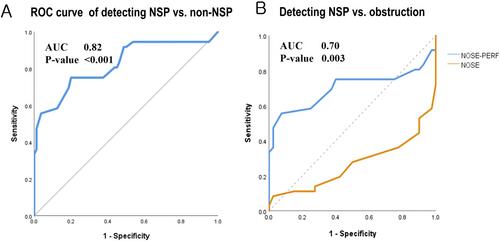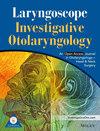Validation of the NOSE-Perf Scale for Nasal Septal Perforation: A Cross-Cultural Study With a Nasal Obstruction Comparator
Abstract
Objectives
Nasal septal perforation (NSP) presents complex diagnostic and therapeutic challenges, particularly due to the absence of a validated, symptom-specific patient-reported outcome measure. The nasal obstruction symptom evaluation-perforation (NOSE-Perf) scale was recently developed to address this gap. This study aimed to cross-culturally validate the Korean version of the NOSE-Perf scale and evaluate its clinical utility in distinguishing NSP-related symptoms.
Methods
The 12-item NOSE-Perf scale, which includes five NOSE items and seven additional, non-obstruction-related questions, was translated into Korean. Thirty-six patients with NSP, 40 with nasal obstruction only, and 40 control patients with no rhinologic symptoms completed the questionnaire. The scale's internal consistency, test–retest reliability, and validity were evaluated.
Results
The most commonly reported symptoms on the NOSE-Perf scale among patients with NSP were nasal congestion and obstruction (32/36 for each), followed by nasal crusting and difficulty breathing through the nose. The scale demonstrated good internal consistency (Cronbach's α = 0.789) and high test–retest reliability (p < 0.001). The mean NOSE-Perf scale scores differed significantly across the three groups (p < 0.001), with the highest scores in patients with NSP, followed by those in the nasal obstruction and control groups (16.97 vs. 13.03 vs. 1.30, respectively). Conversely, the NOSE scale score was the highest in the nasal obstruction group, followed by those in the NSP and control groups (12.20 vs. 8.72 vs. 0.50, respectively).
Conclusion
The Korean version of the NOSE-Perf scale is a valid and reliable assessment tool for NSP in Korean patients, facilitating more accurate diagnosis and treatment evaluation compared with the NOSE scale.
Level of Evidence
Not applicable.


 求助内容:
求助内容: 应助结果提醒方式:
应助结果提醒方式:


